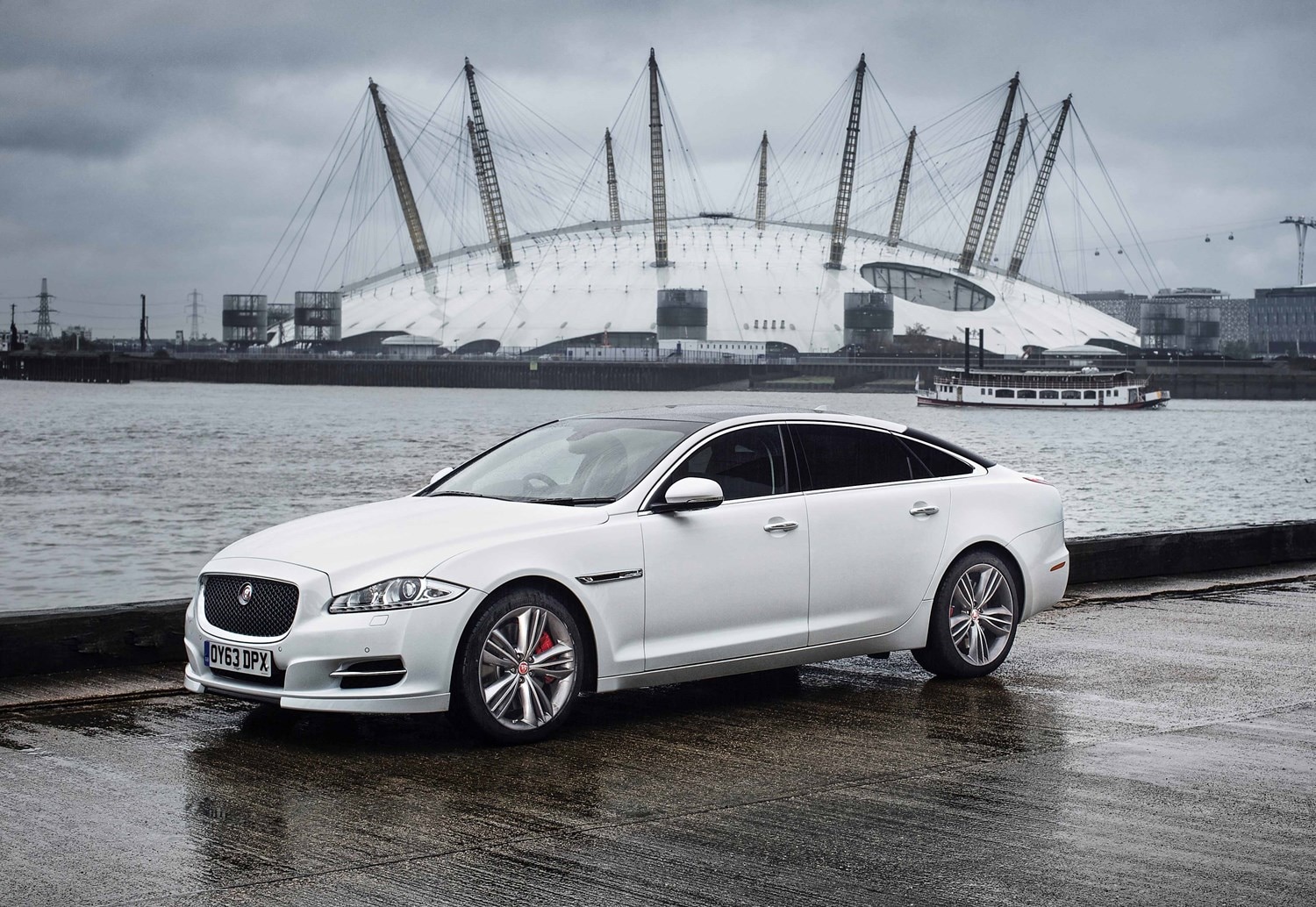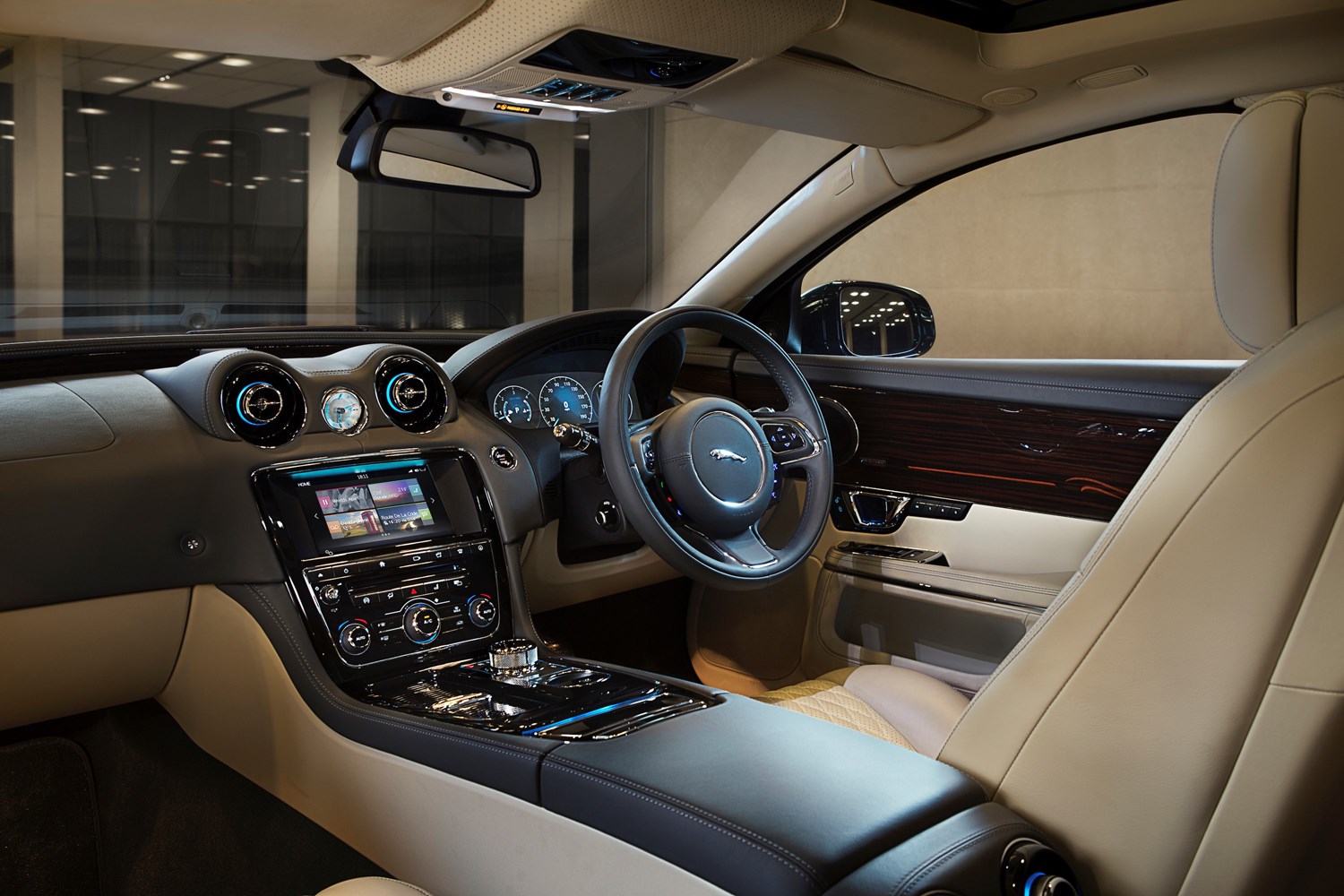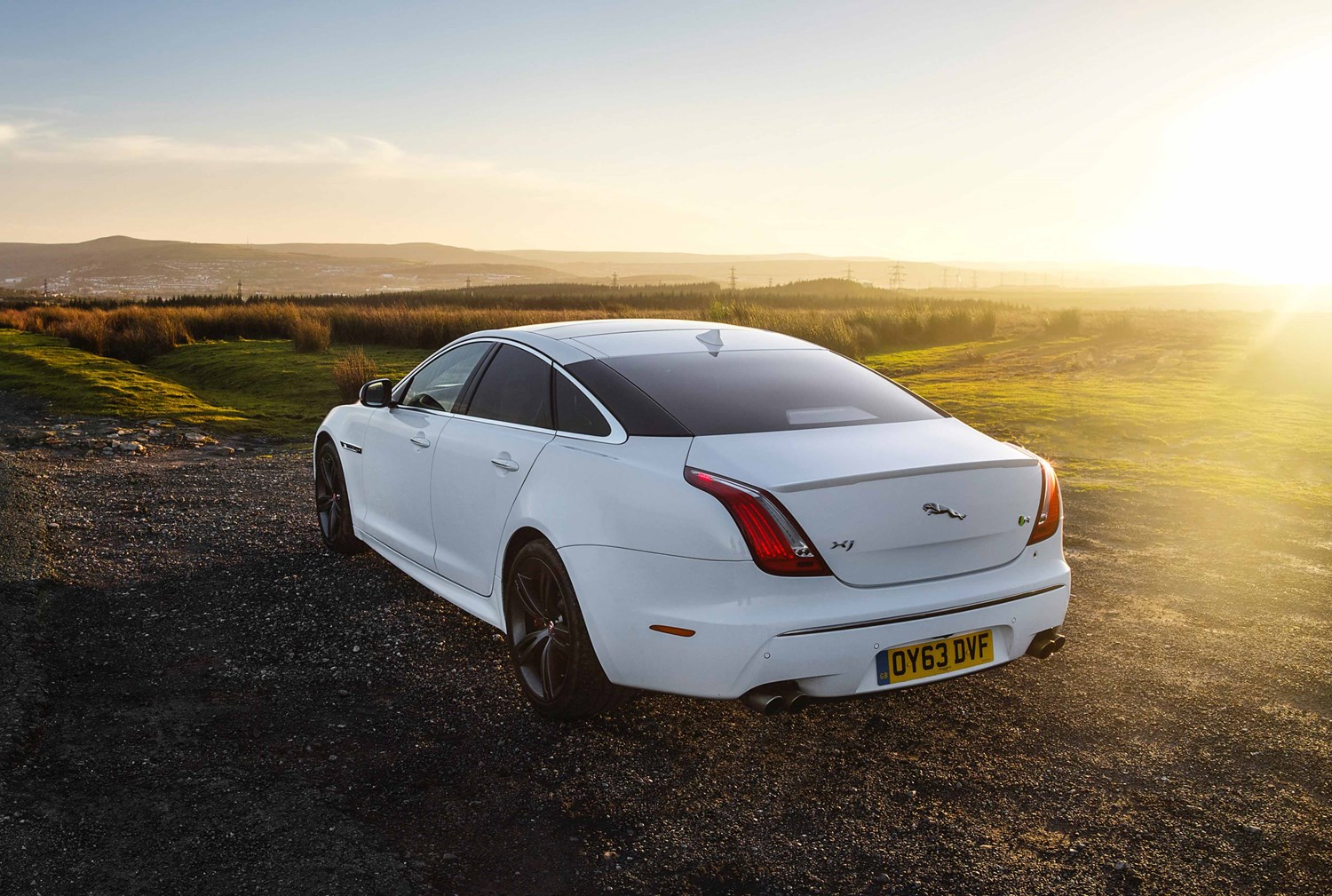Latest model
The most recent update to the XJ came for the 2018 model year, with one of the main changes being the new XJR 575 performance model, which was the quickest XJ model to date. It also benefited from a larger 10-inch media system, along with 4G Wi-Fi.
To mark the model’s 50th birthday in 2018, Jaguar also showed off the ‘XJ50’ – a commemorative model that featured styling from the flagship Autobiography model, as well as new 20-inch alloy wheels and black styling accents.
The XJ was finally discontinued in 2019 after almost 10 years of one generation. While Jaguar was readying to replace it with an electric saloon with the same name in 2021, the firm has recently shelved plans, with the nameplate now looking quite unlikely to return.
Value for money
As with any luxury saloon like the XJ, this was not a cheap car when new, with models starting from around £60,000 for the ‘entry-level’ car, and rising to almost £100,000 for the performance XJR575. However, with the model not being produced for a few years, it makes it a rather impressive used buy.
Though used XJs start from as little as £2,000 these days, you’ll need to spend around £7,000 for the latest 2010 generation, though these will be high-mileage examples. You’ll need around £12,000 for something with fewer miles on the clock. If you’d prefer one of the later examples, at the time of writing a late 2019 model with less than 10,000 miles on the clock could be had for £34,000 – almost half the list price it would have cost just a couple of years earlier. In this respect, it represents superb value on the used market.
Looks and image
The XJ exerts an image you’ll either love or hate – it’s certainly not a model that’s shy about its size (particularly in long wheelbase form) and with a large grille, it certainly stands out on the road. We reckon it’s quite a handsome-looking thing, and really one of the most stylish cars in this class by not being too brash. Jaguar also offers a sportier-looking R-Sport model, which features a revised styling kit, that adds another side to the XJ.
The stylish look also extends to the cabin, too, with solid metal air vents and a cool gear selector that pops up from below a panel. The later cars with the more impressive 10-inch touchscreen system are undoubtedly the best of the lot, while the quality is largely excellent throughout, too. That said, its technology struggles to compete with rivals from Audi, BMW and Mercedes – especially when it comes to later models.
While luxury cars might often be bought as chauffeur vehicles or for rear seat travel, with the XJ it’s the driving seat where you’ll want to be. That’s because it drives brilliantly for a car of this size, feeling surprisingly agile and much lighter than you might expect. The compromise with this sportier drive, though, is that the ride is quite firm, which isn’t ideal on a model like this. The Mercedes S-Class is certainly a more comfortable option.





